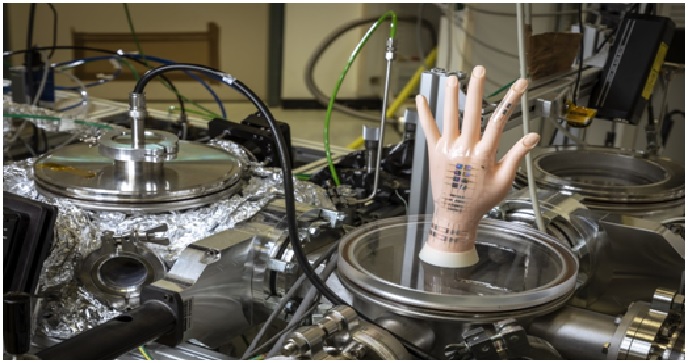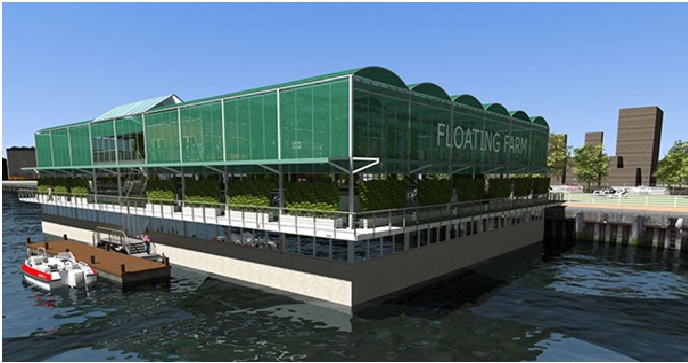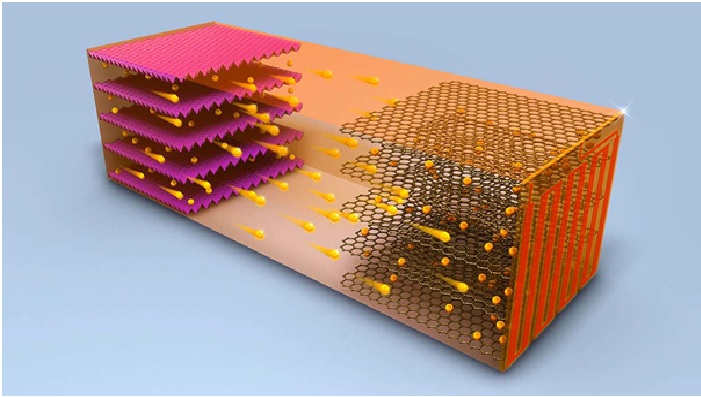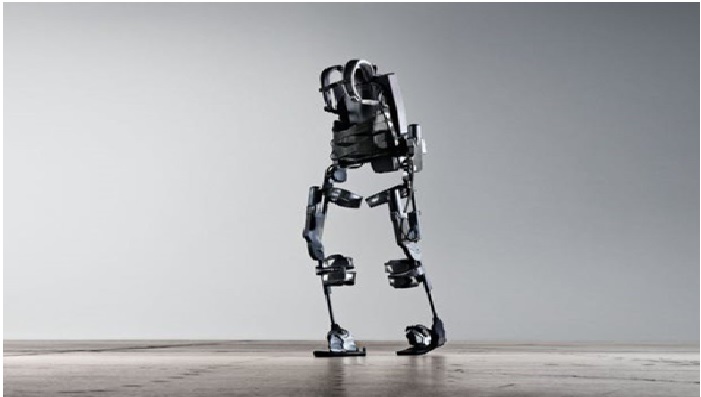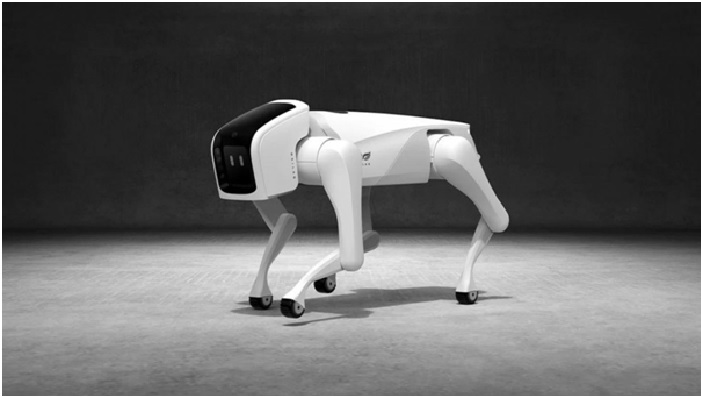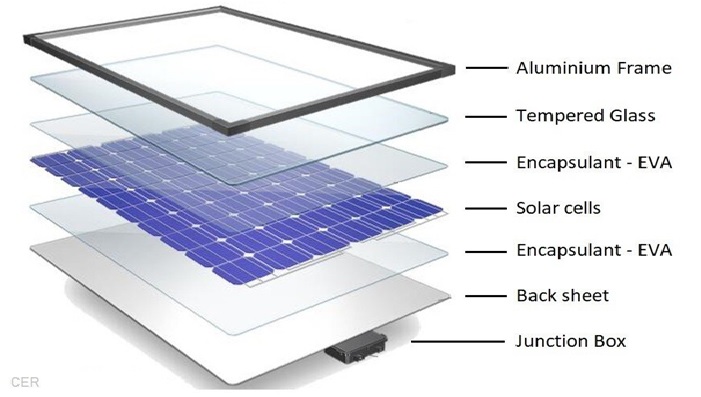The Making of Better Bones With 3D Printing
A Northwestern University research team has developed 3D printable ink that produces a synthetic bone implant that rapidly induces bone regeneration and growth. The 3D printed bones in shows Figure 1.
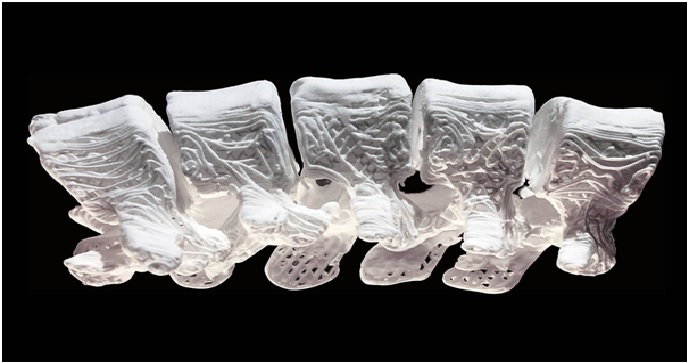
Figure 1. 3D Printed Bones
Bone implantation surgery is never an easy process, but it is particularly painful and complicated for children. [1] With both adults and children, bone is often harvested from elsewhere in the body to replace the missing bone, which can lead to other complications and pain. Metallic implants are sometimes used, but this is not a permanent fix for growing children.
One of the biggest advantages, however, is that the end product can be customized to the patient. In traditional bone transplant surgeries, the bone — after it’s taken from another part of the body — has to be shaped and molded to exactly fit the area where it is needed. Using Shah’s synthetic material, physicians would be able to scan the patient’s body and 3-D print a personalized product. Alternatively, due to its mechanical properties, the biomaterial also can be easily trimmed and cut to size and shape during a procedure. Not only is this faster, but also less painful compared to using autograft material.
“During surgery, if they have some bone resected for disease, [2] or if they have a tumour taken out, then we can actually take scans of that bone and put that on to the printer and then directly print within a cavity of a patient.”
The technique uses a light, portable 3D printer which can be taken into the operating room. Previous methods relied on laboratory-based printers which were unable to operate at room temperature and needed toxic chemicals to sterilize the new bone material.
FDM or FFF printers use a variety of filaments for printing. Material safety for the vast variety of filaments range dramatically. PLA (poly lactic acid), and ABS (Acrylonitrile butadiene styrene) are two of the most often used materials for filament-based 3D printers. PLA is a thermoplastic polyester derived from things like cornstarch. [3] It is generally considered to be a fairly safe material to work with and can be used in nearly all environments, keeping in mind that it is always good to have clean air circulating, no matter what material you’re printing.
When it comes to 3D printing bone implants, one of the benefits is a low likelihood of infections and post-operation complications. Considering the scope of implant surgery, which often necessitates opening up part of the patient to insert the implant, infection risks hound both operations and subsequent recovery phases. [4] Some polymer or titanium implants must be removed again at a later date, necessitating additional surgeries. Implants may also lead to complications such as limited use of a limb or chronic pain.
Creating an exact copy of a bone’s complex, three-dimensional structure that the body can gradually eliminate as it heals itself could save patients from both additional surgeries and permanent health issues.
Particle3D’s implants can also store medicine within their porous material for much longer than traditional implants can. Traditional implants are typically coated in antibiotics before insertion, but these wear off within a few days of the procedure being performed.
References:
- https://www.nm.org/healthbeat/medical-advances/science-and-research/building-better-bones-with-3d-printing
- https://www.weforum.org/agenda/2021/04/3d-printer-bones-surgery-medicine/
- https://www.autodesk.com/autodesk-university/article/Real-World-Applications-3D-Printing
- https://singularityhub.com/2020/03/09/custom-made-bones-are-being-3d-printed-in-a-lab-then-implanted-in-people/
Cite this article:
Vinotha D (2022), The Making of Better Bones with 3D Printing, AnaTechMaz, pp.95


